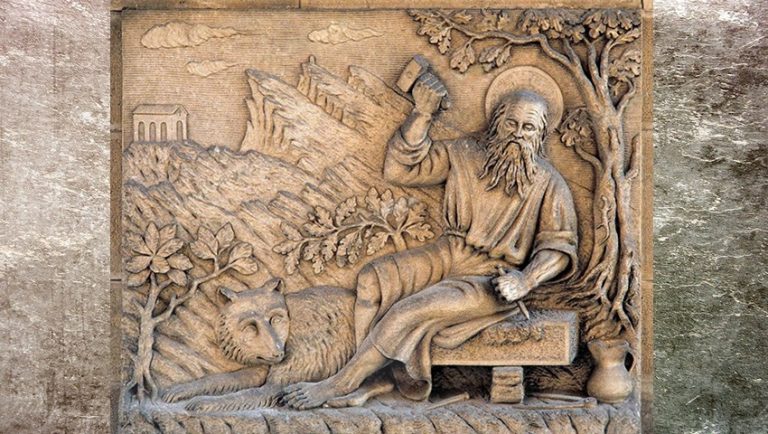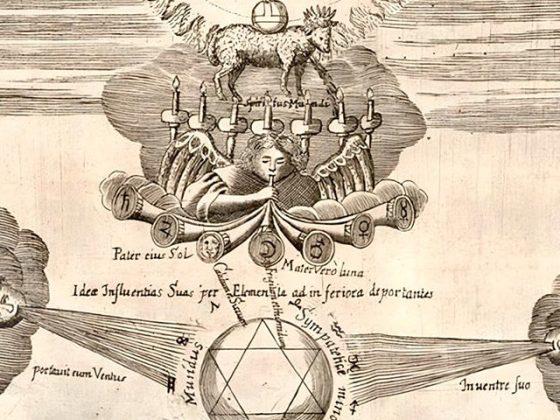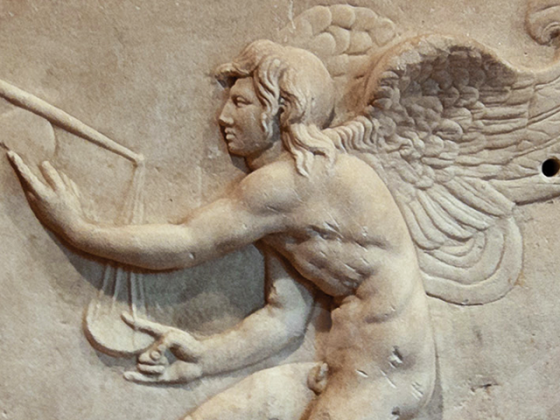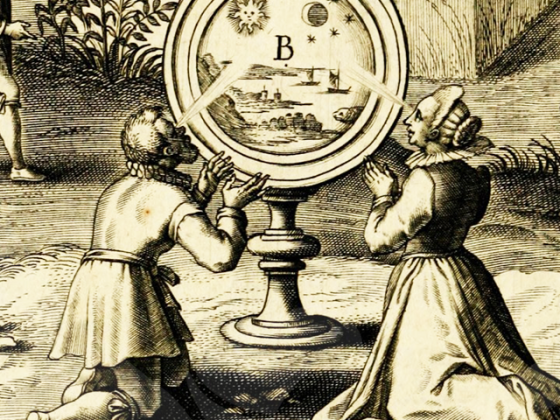Very endearing friends:
I want to offer you, on this occasion, a very interesting bas-relief related to an Initiate who was named…
…SAINT MARINUS
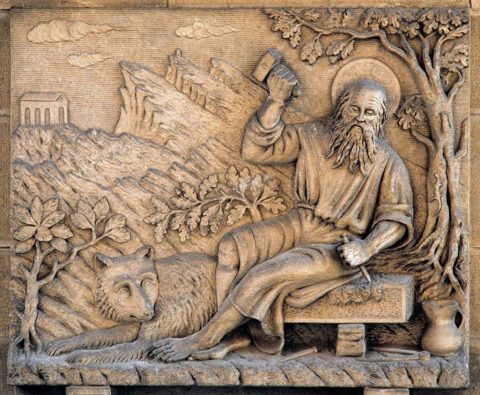
First, before going into details, we must say that this bas-relief was the work of Aldo Volpini, who lived between 1920 and 1977. He is considered one of the best craftsmen of the Republic of San Marino. His sculptures and stonework are preserved in various parts of the world, and the streets of the city San Marino proudly display his best works. Specifically, this bas-relief is located in the picturesque square called Piazzetta del Titano.
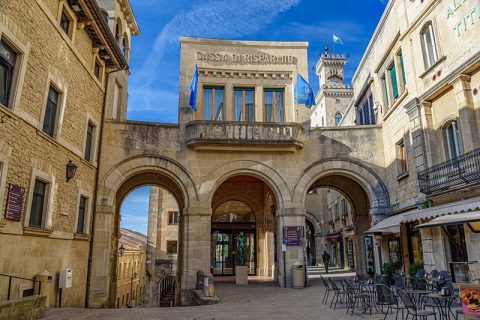
According to tradition, San Marino was founded by a Christian stonemason, Marinus the Dalmatian or Saint Marinus. This occurred between the years 275 and 366 AD.
He left the island of Arbe ─in present-day Croatia─ after being persecuted during the time of the Roman Emperor Diocletian because of his Christian sermons. Marinus arrived in Rimini, where he worked for approximately twelve years on the reconstruction of the walls of this city. There, in that city, in addition to carrying out many works, he brought many faithful closer to the Christian faith. However, a woman who claimed to come from Dalmatia claimed to be his legitimate wife and, after trying to seduce him in vain, Marinus decided to flee Rimini, he climbed the valley of the Valmarecchia River and reached his first refuge, the Baldasserona cave.
After spending a year in the refuge he was discovered by shepherds who immediately reported their discovery. The woman went again to Saint Marinus, who confined himself in his refuge for six days without food. On the sixth day the woman returned to Rimini, where she confessed to having acted against a Christian. Therefore, Saint Marinus abandoned his refuge and climbed Mount Titano –the highest in the city of San Marino– and there he built a cell and a small church that he dedicated to Saint Peter the Apostle. In addition, he created a small Christian community. This enclave was free from the authority of the rulers of the time. Obviously, this allowed the inhabitants of that community to live the Christian faith in peace. The monastery became the base of the Republic of San Marino.
Saint Marinus died in 366. According to legend, his last words were: “Relinquo vos liberos ab utroque homine“, “I leave you free from both men”, referring to the authority of the emperor and the authority of the pope. The official date of the creation of the city dates back to September 3, 301.
Much has been said, dear reader, about hermits. However, in my humble opinion, the true hermit is that Master who is established in the Three Mountains and who is able to illuminate, with his wisdom, the Hermetic Path to help other souls to travel it. The hermit is the austere man, collected and with his Fires raised, far removed from the banalities of this uncertain world, and very attached to the three primary forces of creation: Holy Affirming, Holy Denying and Holy Conciliating; in other words, united to the FATHER, to the SON, and to the HOLY SPIRIT.
Entering now into our explanation of the bas-relief of our study, we will say that, first, we see Saint Marinus in the attitude of carving a cubic stone aiding himself with the hammer ─of the will─ and the chisel ─of intelligence─.
Next to him a tree can be seen that seems to emerge from a jug or vase and through which we see a salamander climbing.
At the feet of Saint Marinus we see a bear, symbol of violent passions completely dominated, and in the background of this stone carving a small hermitage or church is seenthat alludes to the approach that Saint Marinus made to all those souls who followed him toward Christianity.
Also, we can see behind Saint Marinus, in the carved rock, a stone formation that has three protrusions, alluding to the Three Initiatory Mountains.
Regarding the salamander that climbs the tree we have already mentioned, the great Adept Fulcanelli tells us:
“Salamander, in Latin, comes from sal and mandra, which means stable and also rock hollow, solitude, hermitage. Salamandra then is the salt of the stable, salt of the rock or solitary salt. […]
From these etymologies we can draw the conclusion that the salt, spirit or fire takes birth in a stable, a rock hollow or a grotto… That is enough. Lying on the straw of his manger in the grotto of Bethlehem, is Jesus not the new sun bringing light to the world? Is he not God himself in his carnal and perishable shell? Who has said “I am the Spirit and I am the Life, and I have come to set fire unto things?”.
This spiritual fire, given form and materialized in salt, is the hidden sulphur, since during its operation it is never made manifest or perceptible to our eyes. And yet this sulphur, as invisible as it may be, is not an ingenious abstraction or a doctrine stratagem.”
I now give you some sentences for your reflection:
“There is nothing wanted if it is not known.”
Saint Augustine
“Nothing is as difficult as knowing yourself.”
Thales of Miletus
“We are not allowed to know everything.”
Horacio
“It's impossible to love something or hate something without first knowing it.”
Leonardo da Vinci
“Whoever desires knowledge must strive to acquire it.”
Ruskin
SI LIBET, LICET.
“If it pleases you, it is allowed.”
KWEN KHAN KHU


